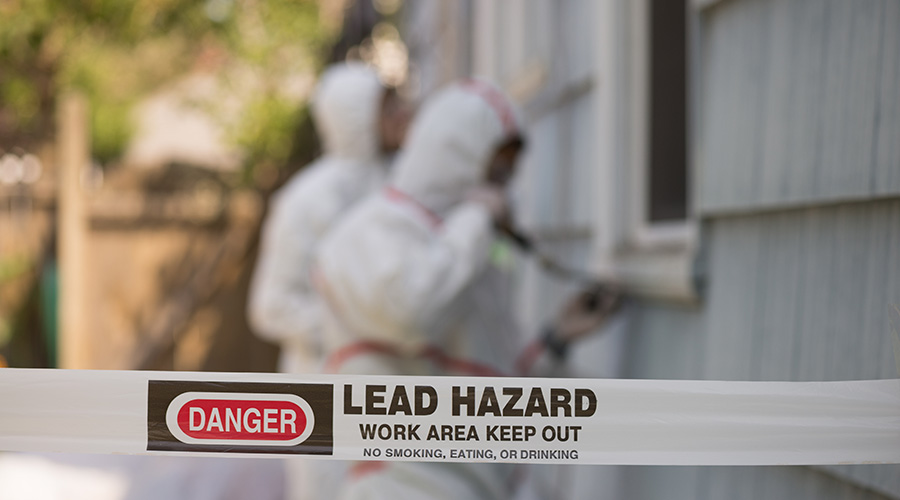Deferred Maintenance Affects Capital Planning, Portfolio Value
Repair backlogs can undermine a building owner’s goals related to capital planning and protecting the value of facilities portfolios.
Maintenance and engineering managers have struggled for years with the daily impact of deferred maintenance on their departments and workloads. But for owners, the accumulation of backlogged tasks can hamper their ability to effectively plan for long-term capital projects.
“An owner might make the decision to forestall those system updates from a deferred maintenance point because it’s not really yet deferred and the systems are still operating,” Edward says. “But within a few years, you’ve got a failing system in a newly renovated or expanded space, and you’re cutting into walls and changing things out. You’ve created a problem for yourself on capital planning because of a first-term cost perspective.”
Effectively identifying and planning major upgrades and renovations should account for needed repairs.
“Integrating all the deferred maintenance considerations into (owners’) decisions really is what we like to call the most cost-effective remedy,” he said. “We recommend taking a long-term cost view of all the renovations or expansions or whatever the capital project entails, pointing toward what’s the most cost-effective remedy from a lifecycle point of view, not just the current project cost.”
Protecting long-term value
Perhaps the longest-term consideration owners face in determining the priority level of deferred maintenance is the damage it can do to the facility portfolio’s overall value.
“There’s an accounting, an actual economic impact of having deferred maintenance as a liability on your balance sheet,” Edwards says. “More practically, can your building do the things it’s supposed to do for your organization and for your clients? If your building’s not resilient or your systems are impacted by deferred maintenance, you’re going to directly hit the bottom line if you have any sort of interruption that’s ultimately caused by the building.”
The potential loss of value to the organization is a critical issue that owners need to address, ideally in conjunction with facilities managers.
“Deferred maintenance is this black cloud that’s hanging over them,” he says. “When is it going to happen? Is it going to happen?’ When it does, they turn to the facility manager and ask how they let that happen. Managers respond, ‘Boss, I’ve been asking for this money for the last three years, five years, 10 years, and you said we couldn’t afford it. Now we have to deal with it, and it’s a very expensive, disruptive problem.’”
“There’s economic value or economic loss, as well as the flat-out liability. The asset is worth less because it has deferred maintenance.”
Facility managers can play a role by helping owners understand the long-term effects of deferred maintenance, not just the short-term damage.
“For the facility manager, it’s sorting out what’s most important and thinking about things in very real dollars — not just the cost of the repairs but the cost to the organization if something happens,” Edward says. “They need to communicate those issues to folks like the chief financial officer and the chief risk officer and not just make it a facility management problem. It’s really an organization issue.”
Dan Hounsell is senior editor for the facilities market. He has more than 30 years of experience writing about facilities maintenance, engineering and management.
Related Topics:













